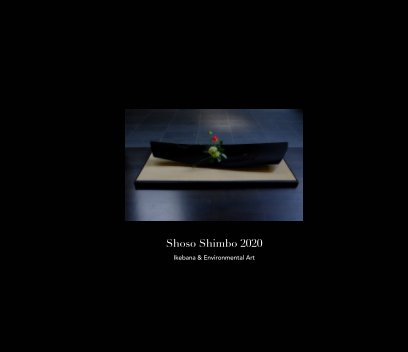I’d like to mention another difference between Ikebana and contemporary art. Contemporary art has an academic foundation. This is related to its broad range of critics and the rich variety of contexts - which I have already discussed. As a result, it seems that contemporary artists, particularly art teachers in universities, are required to be good at theory as well as practice.
As far as I know, however, very few artists are good at both theory and practice. Some artists create wonderful works but their theses are rather disappointing. We also have to be aware that art practice has become hard to define since the modern art promoted the idea that art can be made from any media.
But in principle, practice-based research seems to be a major approach that regards creating art as a type of research seeking a new insight.
On the other hand, Ikebana is easy, in the sense that what matters is only practice. All that is required to become a teacher is to be good at practice. Although theory may be required under certain conditions, its is rather limited in terms of academic depth.
Is it possible to develop theory or academic aspects in Ikebana? That may be one of the missions for the International Society of Ikebana Studies. Its journals and some of the books by its members are now a part of the Monash university library collection. Ikebana could become more interesting.
The image is the work I created for Ikebana performance in May this year. I kept working for 40 minutes while Shakuhachi and Koto players performed live music.
In August there will be announcement of the Ikebana Gallery Award, and in October we will have an Ikebana Exhibition: Wa in Abbotsford Convent. Please visit my website for the details.
http://www.shoso.com.au
https://www.facebook.com/ikebanaaustralia


























